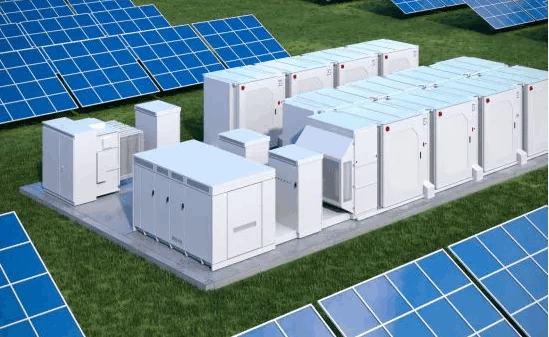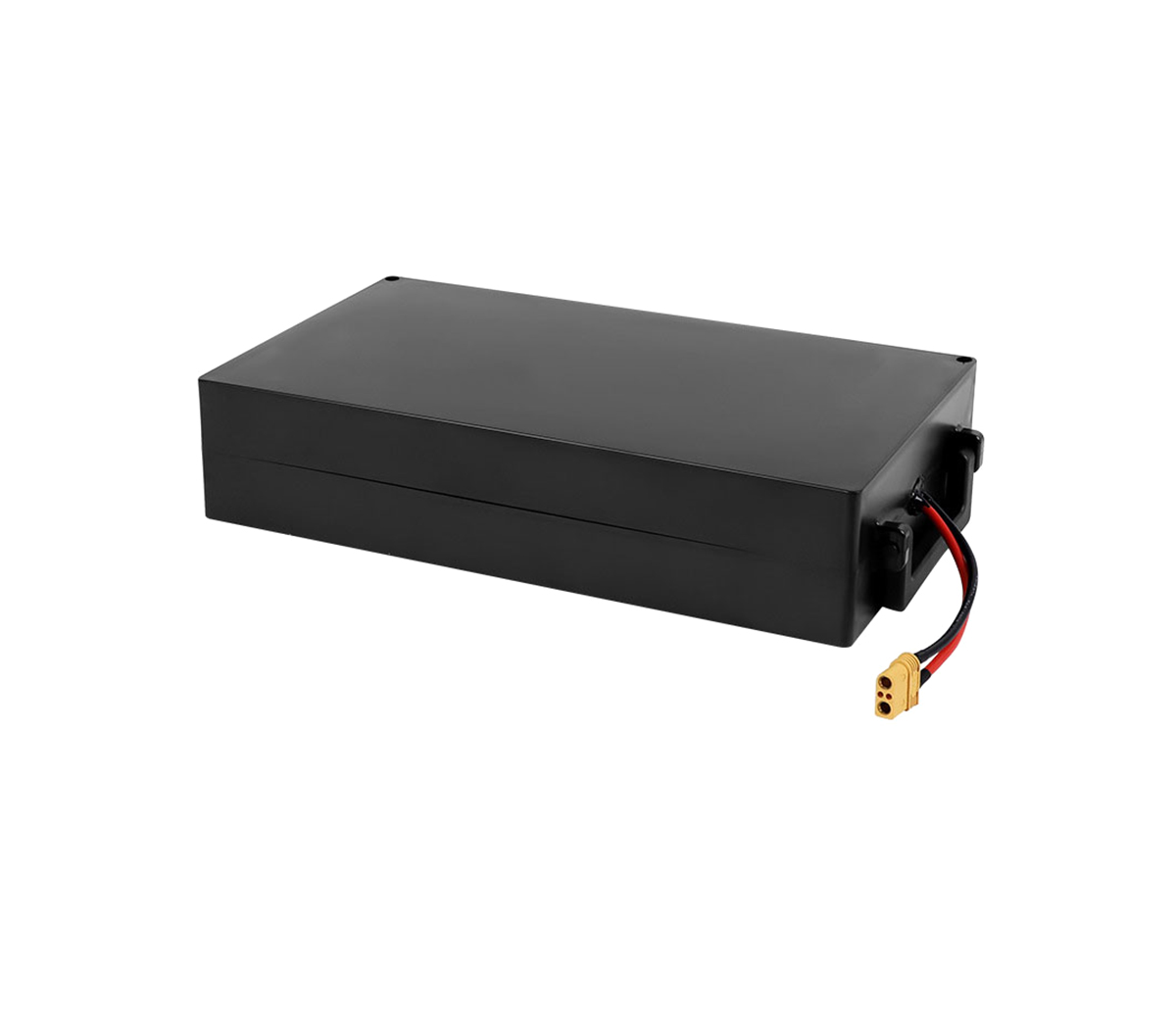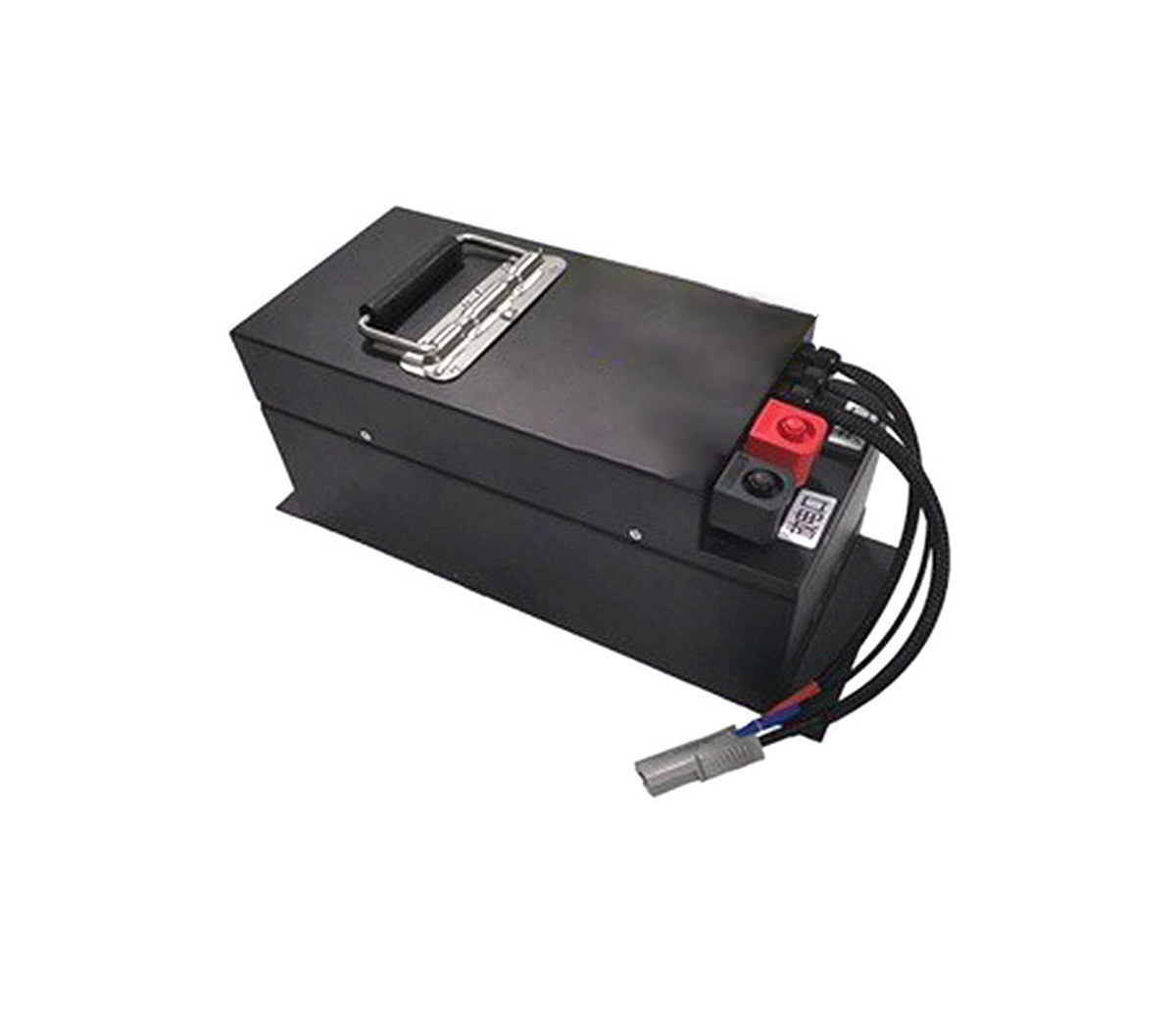It is recommended to use various energy storage technologies in large
quantities, especially lithium battery energy storage systems, which will
optimize renewable energy power with high efficiency
Deploying different energy storage technologies can optimize and take
advantage of the growing amount of renewable energy generation, MIT said in a
research report released on May 12. Electricity from renewable sources is
expected to replace electricity from fossil fuels by mid-century.
Although SES Power mainly focuses on lithium battery/lithium iron phosphate
battery energy storage products, especially the lithium iron phosphate battery
that can perfectly replace lead-acid batteries, because of its long life, high
safety performance, environmental protection, low price and other advantages
Widely popular, for example, we use the square aluminum shell lithium iron
phosphate batteries of famous battery manufacturers such as CATL and EVE to make
12V100Ah, 12V200Ah, 48V100Ah and even 120V300Ah energy storage systems. However,
other energy storage methods still have a very large market demand. Lithium
battery energy storage is not the optimal solution for all energy storage needs,
so we will care about other types of energy storage methods.

The MIT Energy Initiative (MITEI) study, titled "The Future of Energy
Storage," aims to support and use existing and emerging grid-scale energy
storage technologies in an economically viable manner. Ways to reduce carbon
emissions provide a blueprint. The nearly 400-page research report investigates
and studies the energy storage market in the Northeast, Southeast, and Texas,
which reflect different demand mixes and levels of wind and solar
generation.
The report also assesses the potential of energy storage systems deployed
alongside renewable power generation facilities to replace coal-fired power
plants in India and other countries. The report states that as energy storage
systems are added to the grid, policies must be adjusted to avoid excessive and
unfair burdens on consumers, encourage electrification across industries, and
ultimately decarbonize the entire economy and drive strong economic growth.
Especially in developing countries in emerging markets.
The MIT study, which spanned over three years, investigated and analyzed
options for utilizing various energy storage technologies (electrochemical,
thermal, chemical, and mechanical) that could effectively capture, store
Variable wind and solar power.
Building a climate-friendly grid in the U.S. will require changes in
planning and operating tools and systems to reflect what is needed to combat
climate change, the report said. The report recommends a budget increase that
would make energy storage more economically viable. In addition, it is proposed
to modify some current practices of the US federal government, such as the
practice of granting intellectual property to private sector partners who share
the cost of technology demonstration projects. The report also claims that
public investment in technology demonstration and early deployment activities is
to disseminate technology and knowledge.
In the past, the U.S. Department of Energy has insisted that private sector
partners share project costs, and the private partner is often awarded
intellectual property in return. This practice undermines the dissemination of
information among all industry players, thereby failing to create conditions for
effective competition. Federal demonstration projects should include clear
requirements for sharing information with other U.S. entities that have not yet
become partners, even if this requires additional federal funding.
SES Power agrees with this statement that knowledge is only stronger when
it is shared, and of course it is not unprincipled sharing.
"Excess electricity from solar and wind facilities can be stored by energy
storage systems and fed into the grid when electricity prices are high," said
Robert Armstrong, professor of chemical engineering and director of the MIT
Energy Initiative (MITEI), in launching the report, such a model is
cost-effective and maintains the reliability of the power supply.”
The study concluded, "Assuming the cost of wind and solar power continues
to decline, the study's models identify cost-effective pathways to decarbonize
the power system, compared with 2005 carbon emissions levels in the United
States, Carbon emissions have been reduced by 97% to 99%. Effective
decarbonization will require substantial investment in multiple energy storage
technologies, as well as in transmission, clean generation and demand
flexibility.”
Jin Noh, policy director of the California Energy Storage Coalition, said
of the report, “It is helpful to understand where and how energy storage
technology needs to evolve, understanding the various trade-offs between
installed capacity costs, charge-discharge round-trip efficiency and duration,
etc. Yes.” He added that this could guide policy on the development and
commercialization of various energy storage technologies.
Today's dominant energy storage systems are mainly lithium-ion battery
energy storage systems with a duration of up to 4 hours typically, and in the
future, energy storage systems with longer durations will need to be provided to
meet different grid needs, because based on weather and seasons demand for
electricity is increasing. The U.S. Department of Energy is currently developing
a research goal to help reduce the cost of energy storage systems beyond 10
hours. The department recently approved $505 million to advance the development
and deployment of long-duration energy storage combined with renewable
energy.
The MIT report calls for greater support for the development and
application of longer-duration energy storage technologies, particularly
electrochemical energy storage technologies using widely available materials,
including from secondary-use batteries and recycled batteries. Considering the
reuse of retired lithium batteries such as Tesla electric vehicles, SES Power
believes that this is the right route, because we have used echelon lithium
batteries a long time ago to make highly cost-effective lithium battery energy
storage systems.
The report said that since there is not as much investment support as
lithium-ion battery energy storage systems, more financial funds from the
government are needed to support the development and utilization of energy
storage systems longer than 12 hours. Private financing for these energy-dense,
low-cost batteries in electric vehicles would significantly improve the
prospects for short-term energy storage, the report noted.
Another challenge, the report said, is that long-duration energy storage
systems will be of little value when wind and solar production declines.
Therefore, because the characteristics and values of intermittent energy are
very different, MIT is also asking for higher fixed fees to ensure that
long-term energy storage technology can be profitable.
Howard Gruenspeccht, senior energy economist at MIT, said: "Our modeling
suggests that in a decarbonized power system dominated by wind and solar, the
longer the duration, the lower the marginal cost of the energy system will be.
Or zero. Since future decarbonized power systems are likely to have high capital
costs, fixed fees should play a larger role in cost recovery. This includes
charging based on consumer income levels, which can balance equity and
efficiency."



































